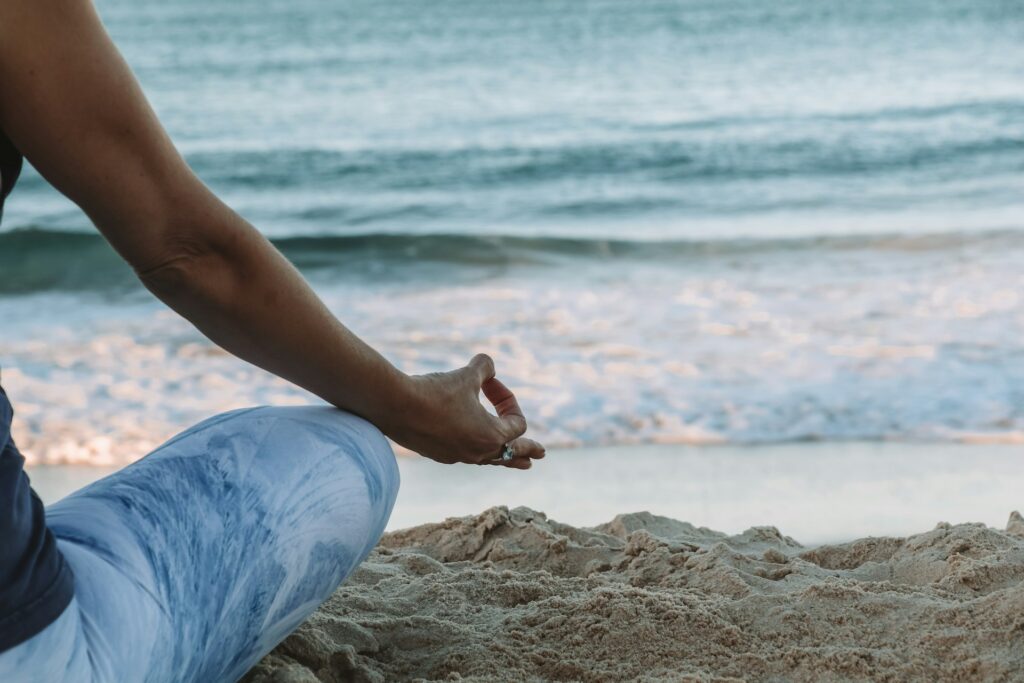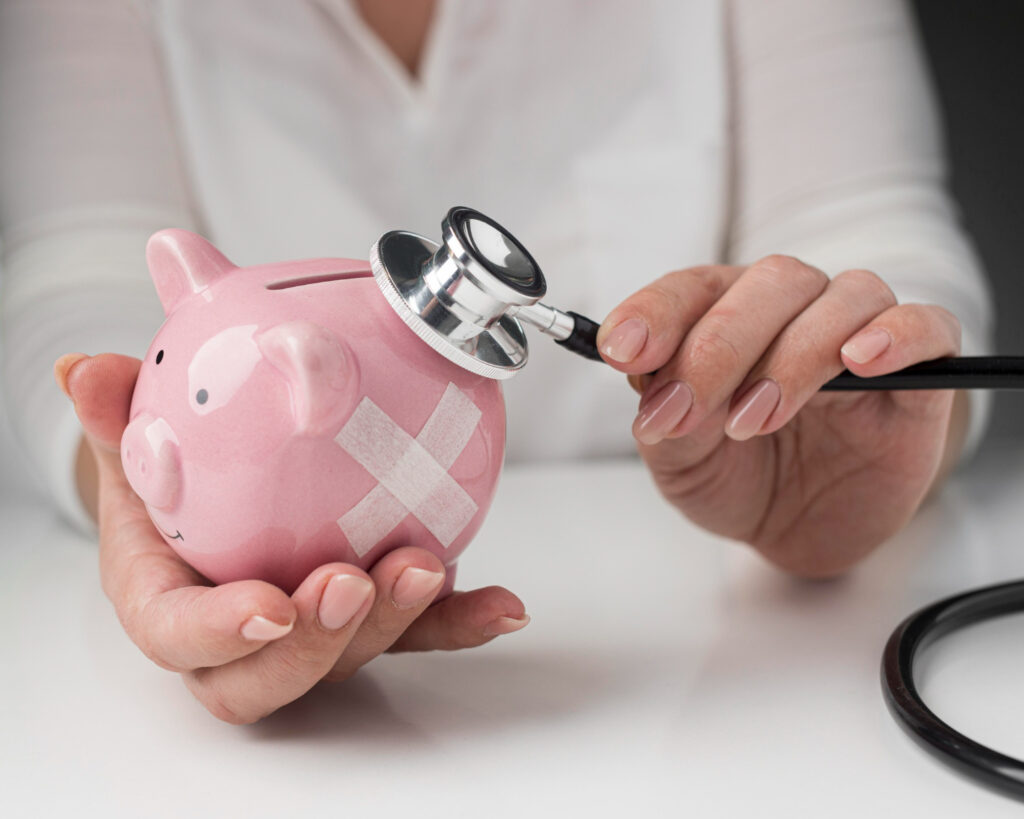You’re getting ready for an important meeting, and you catch a glimpse of yourself in the mirror. Your outfit is on point, your hair looks great, but then you smile and notice those telltale yellow-brown stains on your teeth. Sound familiar? If you’re a coffee lover or wine enthusiast (or both!), you’ve probably wrestled with this exact scenario more times than you’d like to admit.
The truth is, we live in a culture where coffee and wine aren’t just beverages—they’re lifestyle staples. Coffee fuels our mornings, powers our afternoons, and gives us those precious moments of zen between chaos. Wine helps us unwind, connects us with friends, and turns ordinary dinners into memorable experiences. But here’s the rub: both of these beloved drinks can leave their mark on our teeth in ways that aren’t exactly Instagram-worthy.
Before you start panicking and considering a life without your daily latte or weekend Pinot Noir, take a breath. The good news is that you don’t have to choose between enjoying your favorite beverages and maintaining a bright, confident smile. It’s all about drinking smarter, not drinking less.
Why Coffee and Wine Love to Leave Their Mark
Let’s start with the science, but don’t worry—I promise to keep it simple and skip the chemistry textbook jargon. Both coffee and wine contain compounds called tannins, which are naturally occurring substances that give these drinks their rich flavors and colors. Think of tannins as nature’s way of adding character to your cup or glass.
The problem is, tannins are also incredibly good at sticking to things—including the enamel on your teeth. Your tooth enamel might seem smooth to the naked eye, but under a microscope, it’s actually full of tiny pores and microscopic ridges. When you sip your morning coffee or evening Cabernet, those tannins seep into these tiny spaces and set up camp.
What makes this even trickier is that both coffee and wine are acidic. This acidity temporarily softens your tooth enamel, making it even more receptive to staining compounds. It’s like opening the door and rolling out the red carpet for those tannins to move right in and make themselves at home.
Red wine is particularly notorious because it contains anthocyanins—the same compounds that give blueberries and cherries their deep, rich colors. While these antioxidants are fantastic for your overall health, they’re not doing your teeth any aesthetic favors.
Coffee presents its own unique challenges. The darker the roast, the more tannins it typically contains. That bold, dark roast you love for its robust flavor? It’s also the most likely to leave visible stains. Even your beloved cold brew isn’t off the hook—while it might be less acidic than hot coffee, it often involves longer steeping times, which can actually concentrate those staining compounds.
The Art of Strategic Sipping
Now that we understand the enemy, let’s talk strategy. The key to enjoying your favorite drinks without turning your teeth into a before-and-after advertisement lies in how, when, and what you drink.
Timing is everything. One of the smartest moves you can make is to designate specific times for your coffee and wine consumption, rather than sipping throughout the day. When you nurse a single cup of coffee for three hours, you’re essentially giving those tannins multiple opportunities to penetrate your enamel. Instead, try to finish your beverages within a reasonable timeframe—say, 30 minutes or less.
The straw strategy might seem a bit unconventional for your morning coffee ritual, but hear me out. Using a straw—especially a reusable metal or glass one—helps direct the liquid past your front teeth and reduces contact time with your enamel. Yes, you might get a few curious looks sipping your latte through a straw at the coffee shop, but your teeth will thank you later. For wine, this might be less practical during social situations, but it’s worth considering for your solo glass while watching Netflix.
Temperature matters more than you think. Extremely hot beverages open up your tooth enamel’s pores even more, making staining worse. Let your coffee cool down for a few minutes before diving in. This doesn’t mean you need to drink lukewarm coffee—just avoid that scalding-hot first sip that makes you inhale sharply through your teeth anyway.
The swish and swallow technique can be your secret weapon. After each sip, briefly swish some water around your mouth before swallowing. This helps rinse away tannins before they have a chance to settle in. Keep a water bottle or glass nearby during your coffee or wine sessions, and make this gentle rinse part of your routine.
Smart Pairing: What You Eat Matters
Here’s something that might surprise you: what you eat alongside your coffee or wine can actually help protect your teeth from staining. It’s all about choosing foods that either neutralize acids or help scrub away potential stains.
Cheese is your friend—and not just because it tastes amazing with wine. Cheese contains calcium and phosphates that can help neutralize acids in your mouth. It also stimulates saliva production, which is your mouth’s natural defense system against stains and bacteria. So go ahead and embrace that classic wine and cheese pairing; your teeth are actually benefiting from it.
Crunchy fruits and vegetables act like natural toothbrushes. Apples, carrots, and celery require lots of chewing, which stimulates saliva production and helps scrub your teeth clean. The fiber in these foods also helps remove surface stains. Try munching on some apple slices with your afternoon coffee break.
Nuts and seeds are another smart choice. They’re not only satisfying snacks but also help stimulate saliva production. Plus, the act of chewing nuts can help remove surface stains from your teeth.
Avoid the staining combo multiplier. Some foods can actually make staining worse when combined with coffee or wine. Highly acidic foods like citrus fruits or tomato-based dishes can soften your enamel even more, making you more susceptible to stains. If you’re having wine with dinner, maybe skip the tomato-heavy pasta sauce that night.
The 30-Minute Rule That Changes Everything
Here’s one of the most important pieces of advice you’ll get: wait at least 30 minutes after drinking coffee or wine before brushing your teeth. I know, I know—your first instinct after finishing your morning coffee is probably to brush away any potential stains. But this is actually one of the worst things you can do.
Remember how we talked about acids softening your tooth enamel? Well, when your enamel is in this softened state, brushing can actually cause more harm than good. You might end up scrubbing away microscopic layers of enamel, which can lead to sensitivity and make your teeth more prone to staining in the future.
Instead, rinse with water immediately after finishing your beverage, then wait at least half an hour before reaching for your toothbrush. During this waiting period, your saliva will work to neutralize the acids and re-harden your enamel. Then, when you do brush, you’ll be cleaning your teeth without causing damage.
If you’re someone who needs to brush their teeth immediately after morning coffee before heading to work, consider switching up your routine. Maybe have your coffee after your morning dental care routine, or switch to drinking your coffee through a straw to minimize contact with your teeth.
Hydration: Your Secret Weapon
Water isn’t just good for your overall health—it’s your teeth’s best friend when it comes to preventing stains. Staying well-hydrated helps your body produce adequate saliva, which is crucial for neutralizing acids and washing away staining compounds.
Make it a habit to alternate sips of coffee or wine with sips of water. This doesn’t mean you need to dilute your drinks or interrupt your enjoyment—just keep water nearby and take occasional sips. This simple practice can dramatically reduce the amount of time staining compounds spend in contact with your teeth.
Consider the quality of your water too. If you live in an area with fluoridated water, you’re getting an extra boost of protection. Fluoride helps strengthen tooth enamel and can make it more resistant to acid attacks and staining.
Morning Rituals That Make a Difference
Your morning routine sets the tone for how your teeth handle the day’s coffee consumption. Start with a thorough brushing and flossing session before you have your first cup. This removes the bacteria and plaque that can interact with coffee to create more staining and dental issues.
Consider using a whitening toothpaste as part of your regular routine—not necessarily for dramatic whitening effects, but because these toothpastes often contain gentle abrasives that can help remove surface stains before they set in. Just be careful not to overdo it, as too much abrasive action can damage your enamel over time.
If you’re a multiple-cups-per-day coffee drinker, try to cluster your consumption. Instead of having one cup at 7 AM, another at 10 AM, and a third at 2 PM, consider having two cups closer together in the morning. This reduces the total amount of time your teeth are exposed to staining compounds throughout the day.
Wine Wisdom: Red, White, and Everything in Between
While red wine gets most of the blame for tooth staining, white wine isn’t entirely innocent. White wines are often more acidic than reds, which means they can actually make your teeth more susceptible to staining from other sources. If you’re having white wine with dinner, be extra mindful of what you’re eating alongside it.
When it comes to red wine, some varieties are more problematic than others. Generally, younger, more tannic wines (like Cabernet Sauvignon or Nebbiolo) tend to cause more staining than lighter, less tannic options (like Pinot Noir or Beaujolais). This doesn’t mean you need to completely avoid your favorite Cab—just be extra diligent about your protective strategies when enjoying it.
The temperature of your wine matters too. Very cold wines can actually cause your teeth to contract slightly, opening up microscopic spaces where staining compounds can settle. Let your wine come to the proper serving temperature before drinking, and avoid drinking wine straight from the refrigerator.
Alternative Options That Don’t Compromise on Enjoyment
If you’re looking to reduce your staining risk without giving up your favorite beverages entirely, consider these alternatives for some of your daily consumption.
Cold brew concentrate can be diluted with milk or water, reducing the concentration of tannins while still giving you that coffee flavor and caffeine boost you crave. Plus, cold brew is naturally less acidic than hot coffee, which is gentler on your enamel.
Lighter roast coffees generally contain fewer tannins than dark roasts. If you’re willing to experiment with your coffee preferences, you might find that a medium or light roast satisfies your caffeine needs while being easier on your teeth.
Rose wines offer a middle ground between red and white wines. They typically have fewer tannins than full reds but more flavor complexity than most whites. Plus, their beautiful pink color comes from limited contact with grape skins, which means fewer staining compounds overall.
Coffee alternatives like chicory coffee or herbal coffee blends can satisfy your warm beverage cravings without the staining potential. These options won’t replace your beloved morning coffee entirely, but they can be great for afternoon or evening drinks.
The Social Aspect: Navigating Coffee Dates and Wine Nights
Let’s be real—much of our coffee and wine consumption happens in social settings, and nobody wants to be the person who brings dental hygiene anxiety to a fun evening out. The good news is that most of the smart drinking strategies we’ve discussed can be implemented subtly without drawing attention or dampening the mood.
When you’re out for coffee with friends, simply ask for a glass of water alongside your latte. Most coffee shops are happy to provide this, and it won’t seem unusual. Take sips of water naturally throughout your conversation—it will actually help you pace your coffee consumption and engage more in the conversation rather than mindlessly sipping.
For wine tastings or dinner parties, the same principle applies. Having water available is standard at most wine events anyway. The key is making these protective behaviors feel natural and integrated into your social experience rather than like medical interventions.
If you’re hosting, you can actually set a great example by providing water glasses alongside wine glasses and keeping conversation flowing while everyone naturally sips both beverages. Your guests will likely appreciate the thoughtfulness, even if they don’t fully understand the dental benefits.
Long-term thinking: Building Sustainable Habits
The most effective approach to protecting your teeth while enjoying coffee and wine isn’t about perfect execution of every strategy every single time. It’s about building sustainable habits that you can maintain long-term without feeling deprived or constantly anxious about your teeth.
Start by picking one or two strategies that feel most manageable for your lifestyle. Maybe it’s keeping water nearby during your morning coffee routine, or waiting 30 minutes before brushing after your evening wine. Once these become natural habits, you can gradually add other protective measures.
Remember that consistency matters more than perfection. Following these guidelines 80% of the time will serve you much better than trying to be perfect for a week and then giving up entirely. Your teeth accumulate stains gradually over time, and they also respond positively to gradual improvements in care.
Keep in mind that everyone’s teeth are different. Some people are naturally more prone to staining due to genetics, enamel thickness, or other factors. Don’t get discouraged if you don’t see immediate dramatic changes—focus on preventing future staining and maintaining the smile you have.
The Bottom Line: Smart Drinking for the Long Haul
At the end of the day, coffee and wine are more than just beverages—they’re part of how we connect, relax, and enjoy life. The goal isn’t to eliminate these pleasures but to find ways to enjoy them that support our overall well-being, including our dental health.
The strategies we’ve discussed aren’t about perfection or turning your coffee break into a clinical procedure. They’re about making small, smart adjustments that can have a big impact over time. Whether it’s sipping through a straw, keeping water nearby, waiting before brushing, or being mindful of what you eat alongside your drinks, these simple changes can help you maintain a confident smile while continuing to enjoy the beverages you love.
Remember, the best approach is the one you’ll actually stick with. Choose the strategies that fit naturally into your lifestyle, and don’t stress about implementing every single suggestion perfectly. Your future self—and your smile—will thank you for the thoughtful choices you make today.
The next time you’re enjoying that perfect cup of coffee or savoring a glass of your favorite wine, you can do so with confidence, knowing that you’re protecting your smile while still embracing life’s simple pleasures. After all, isn’t that what smart living is really about?

Disclaimer: Thanks for reading — from all of us at First News US. This article is for informational and educational purposes only and should not be considered professional dental or medical advice. Individual dental health needs vary, and readers should consult with qualified dental professionals for personalized guidance regarding their oral health care. The strategies mentioned are general lifestyle suggestions and may not be suitable for everyone. Always follow the advice of your dental care provider regarding your specific oral health needs.
Sources and References:
- American Dental Association guidelines on dietary factors affecting dental health
- Journal of Conservative Dentistry research on beverage-related tooth staining
- International Association for Dental Research studies on enamel erosion and protection
- Academy of General Dentistry recommendations for oral health maintenance



